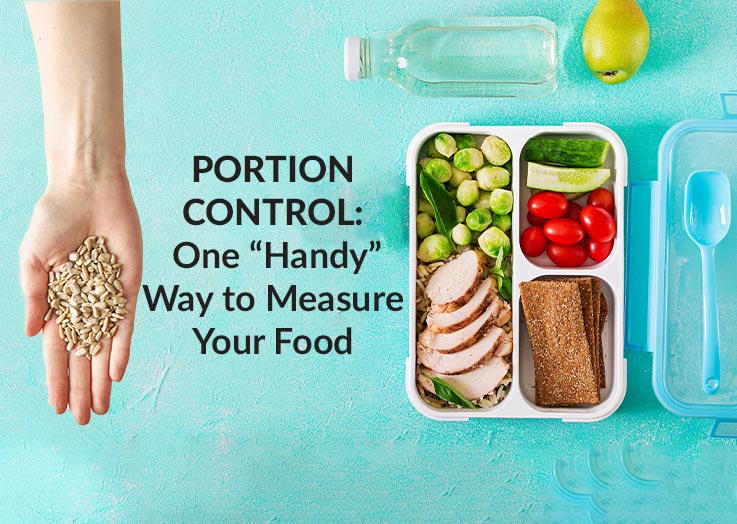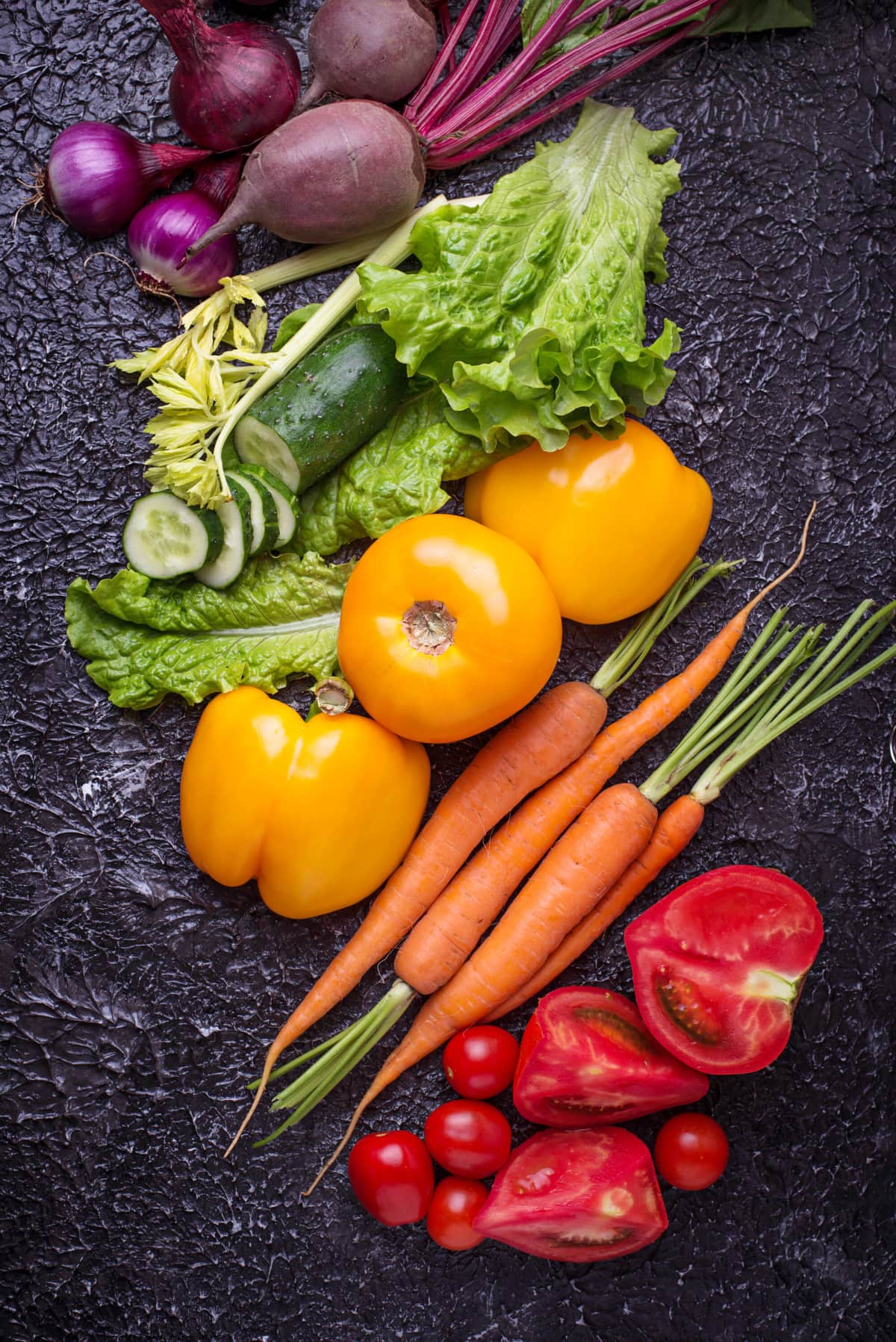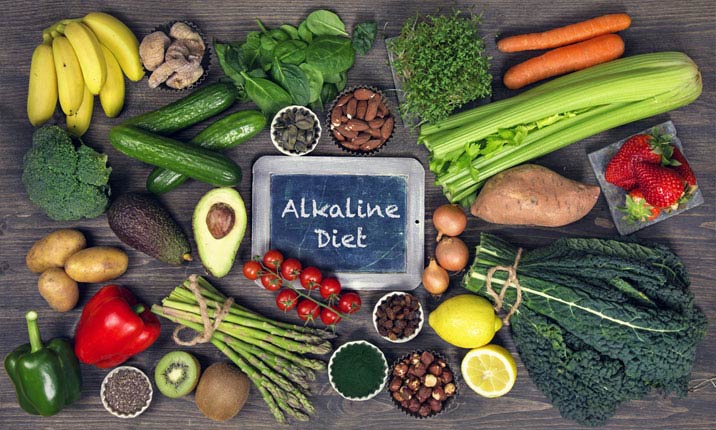
Fruits and vegetables are important components of a healthy children's diet. The majority of fruit and vegetable are good sources for protein, vitamin A, vitamin D, and B12 as well as iron. Some eggs even have omega-3 oils added to them, which helps improve the brain development of children. A cup of fruit contains about a dozen or so calories, and most fruits are cut into small pieces. Fruit can be served fresh or dried with peanut butter.
Juice should not be drunk in excess. You can limit your child's intake of sugar by serving only one to two cups per day. A bowl of real fruits is better than juice. It will add fiber and other beneficial nutrients to their diet. Drinking too much juice between meals can lead to health problems. While sodium is essential for maintaining body fluid levels, nerve function, and blood pressure, excessive sodium can lead to heart disease and hypertension. Generally, processed foods contain high levels of sodium.

A new study has found that 60 percent of the food products sold to children are unhealthy. Researchers surveyed 156 products to find that more than 50% contained added sugar, 15% contained saturated fat, and 7% had salt. The researchers also studied how companies label healthier foods and what they contain. These foods were often highly processed and the ingredients weren't listed. These foods often did not contain the necessary vitamins and minerals children need to grow up strong and healthy.
Sugary and processed foods pose health risks to children's health. To avoid this problem, parents should focus on overall diet and provide whole foods. Focus on healthy foods and stay away from processed foods. Instead, encourage your children to eat high-quality foods rich in vitamins. It will help them develop positive eating habits in their future. There are many ways to get your child to eat more fruits and vegetables. By setting a good example, you can encourage your child to eat healthy foods.
It is important to give children a varied diet, including fruits and veggies. Also, limit their intake of juice. Each meal should contain at minimum one serving of each. The recommended fruit and vegetable consumption for children ranges from one cup a day for a toddler to three cups a day for a 14-year-old boy. A good source of fats for children is omega-3 fatty fish and flaxseed. Some fruits, vegetables and other foods are high in antioxidants as well as fiber.

Milk is an excellent source for calcium and vitamin D. It also helps to build strong bones. It also contains around 8 grams of proteins. However, dairy products should only be given to children who are at least two years old. In fact, children should not consume more than eight ounces of cow's milk per day. It's fine to substitute cow's dairy milk for low-fat milk once they reach this age. Although cheese and yogurt might not be considered healthy, they provide great sources calcium and vitamin A.
FAQ
Can I go to the gym seven days a week?
Yes, you can go to a gym seven days per week. But not all at once. You must find a time you can do it without feeling exhausted and depleted.
This will keep you motivated and provide energy for other activities.
Also, ensure you eat healthy during these times. This will help you not feel tired or slow at the gym.
Last, you must make sure that there isn’t another thing competing for your attention. It is possible to skip exercising on school nights if your children are involved.
What food should I avoid if I want to lose weight
Avoid trans fats. Trans fats increase LDL cholesterol (the bad) and decrease HDL cholesterol (the healthy).
Trans fats may be found in deep-fried, fast food, packaged bake goods, snack cakes, or other processed food.
These unhealthy fats can also lead to inflammation, which can cause heart disease and diabetes.
Avoid foods containing artificial sweeteners. Artificial sweeteners have been linked to an increase in cancer risk.
They are found in everything, from soft drinks to chewing tobacco to candy bars. They are also found in poultry, eggs, meat and fish.
Artificial sweeteners are saccharin (cyclamate), sorbitol and aspartame.
These chemicals can damage DNA and cause cell death, according to the American Heart Association.
Why is Metabolic Wellness the Key to Aging Well
Today's people live longer than ever before. But as they do, they're also getting sicker. Despite making great progress in medical science, it is becoming more apparent that our current approach to medicine is not working.
It is time to change the way we view health and aging. We have to start looking at metabolic health - not just weight loss but overall wellness - as the key to healthy aging.
To live a full and active life, your metabolism should be healthy all your life.
There are many options to improve your metabolic health. One of those ways is to incorporate these 7 foods into your diet:
-
Resveratrol is a component of blueberries that has been proven to improve cellular longevity. They also provide antioxidants and vitamins C & E.
-
Beans like lentils and pinto beans are excellent fiber and plant-based protein sources. These nutrients help maintain blood sugar levels so they don’t spike and fall.
-
Broccoli is rich in sulforaphane. Studies have shown that it protects cells from DNA damage. It might even slow down the progression of cancer.
-
Chia Seeds are high in omega-3 fatty acids and fiber. They are also high in antioxidants and proteins. All these nutrients support heart health, brain function and gut health.
-
Green Tea has polyphenols called catechins. Studies have shown that green tea contains catechins which are linked to lower bone fractures and cardiovascular disease. They also reduce cognitive decline and diabetes risk.
-
Salmonis a great source of lean protein. It is low in saturated fat and high in vitamin D.
-
Walnuts are rich in omega-3s as well as antioxidants such alpha lipoic acids (ALA). ALA helps boost energy production and protects against inflammation.
What is the best 7-day workout program?
A seven-day exercise program should consist of three days per week of cardiovascular training (running, biking, swimming), two strength exercises (using free weights, weight machines), and one flexibility/core workout (yoga, Pilates). Each activity should be done at least once per week. Each session should not take more than 45 mins.
Cardiovascular Exercise: Running/Biking/Swimming
Aim to do at least 60 minutes per week of cardio. Aim for 75 minutes per week to get the best results. Cardio exercises can help improve blood flow and stimulate muscle growth.
Strength Training
Cardio exercises target your heart and lungs. Strengthening your muscles and bones is the opposite. Strength training increases lean muscle mass and helps to burn calories even at rest.
Flexibility and core workouts
You can strengthen your entire body by strengthening flexibility and core exercises. Both yoga and Pilates are excellent options.
Do I have to exercise every single day?
No! Do at least 30 minutes of moderate intensity physical activity five days a week. This means that you should be able to walk fast enough to feel slightly out of breath, or bike hard enough to sweat.
Statistics
- The PRS enabled risk stratification for overall prostate cancer and lethal disease with a four-fold difference between men in the highest and lowest quartiles (HR, 4.32; 95% confidence interval [CI], 3.16-5.89). (pubmed.ncbi.nlm.nih.gov)
- Candidates and applicants must pass all four tests at 70% (minimum level) to graduate from Basic Deputy U.S. Marshal (BDUSM) Training. (usmarshals.gov)
- An estimated calorie range for moderately active adult males falls between 2,200 to 2,800 calories per day, depending on age. (eatright.org)
- Cardmembers earn 5% Back at Amazon.com with a Prime Credit Card. (amazon.com)
- According to the American Heart Association, blood pressure should be checked at least once every two years, beginning at age 20. (my.clevelandclinic.org)
External Links
How To
What should my diet look like before I start a workout?
Losing weight requires you to consume fewer calories than what you burn in exercise. You should also consume all nutrients.
This includes protein, carbohydrates, fats, and vitamins.
It is better to eat smaller meals throughout the day than three large ones.
You may not be as effective if there is too much hunger during your workouts.
Water is better than energy drinks that contain sugar and caffeine. This will keep your body hydrated and energized.
Be sure to eat enough fluids. You could lose electrolytes if you drink too much water.
For proper functioning, your body requires electrolytes.
If you don't have access to water, you could drink sports drinks. These drinks contain minerals such as sodium, potassium and calcium.
This help replenishes lost electrolytes. However, they still won't replace what you've lost from sweating.
If you're worried about losing too much salt during exercise, you could take a multivitamin pill.
These contain extra vitamin B6 which helps regulate the amount of sodium in your body.
Supplements shouldn't be used if you don’t know how much salt is in food and beverages.
They aren’t regulated under the Food and Drug Administration.
One example is that some sports drinks contain more sodium.
Some sports drinks may even contain artificial sweeteners or preservatives. These can cause problems with the digestive system.
If you are worried about too much salt, you could try sea salt.
It contains fewer chemicals that table salt.
Sea salt has a low level of iodine. It is an additional mineral required for healthy thyroid function.